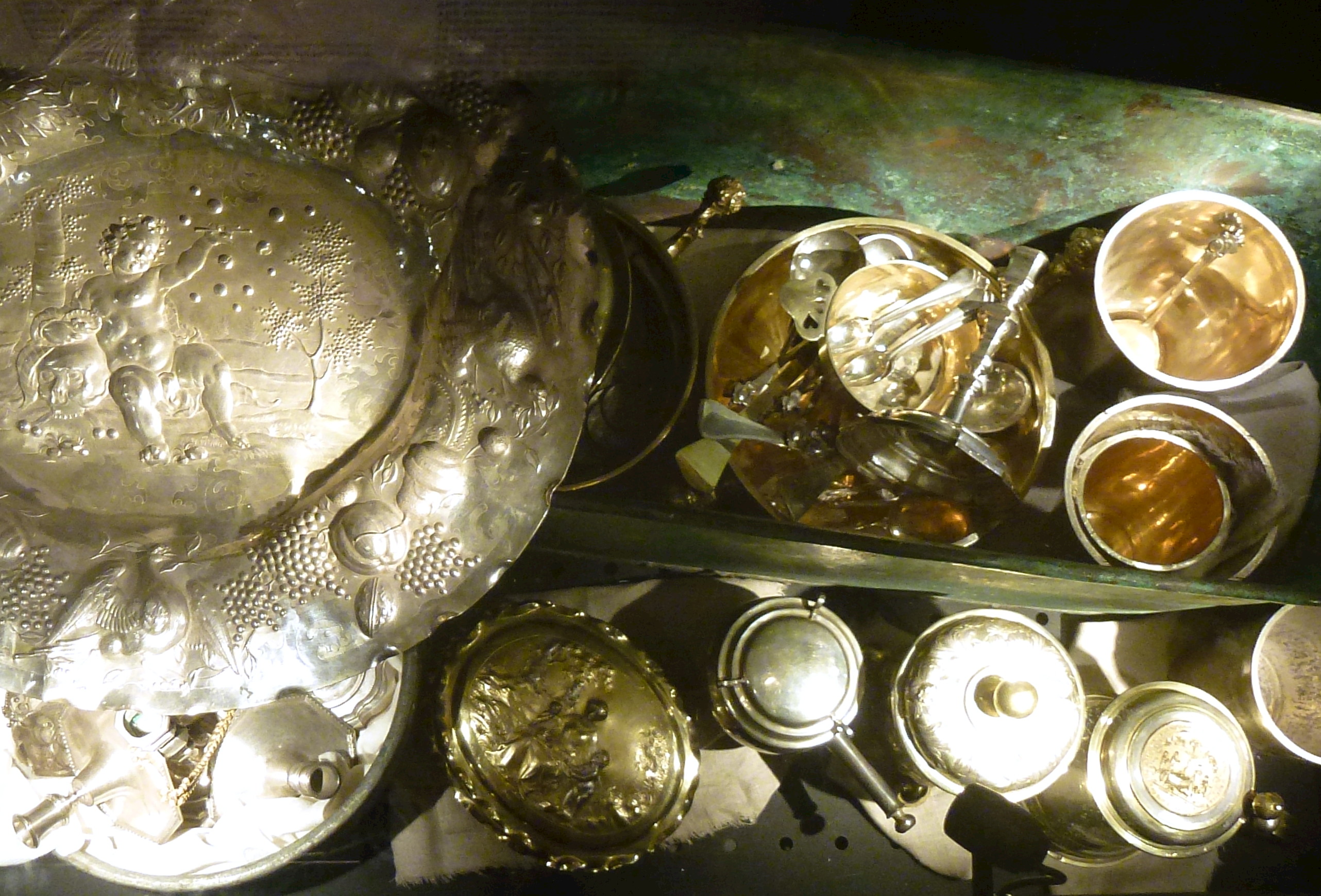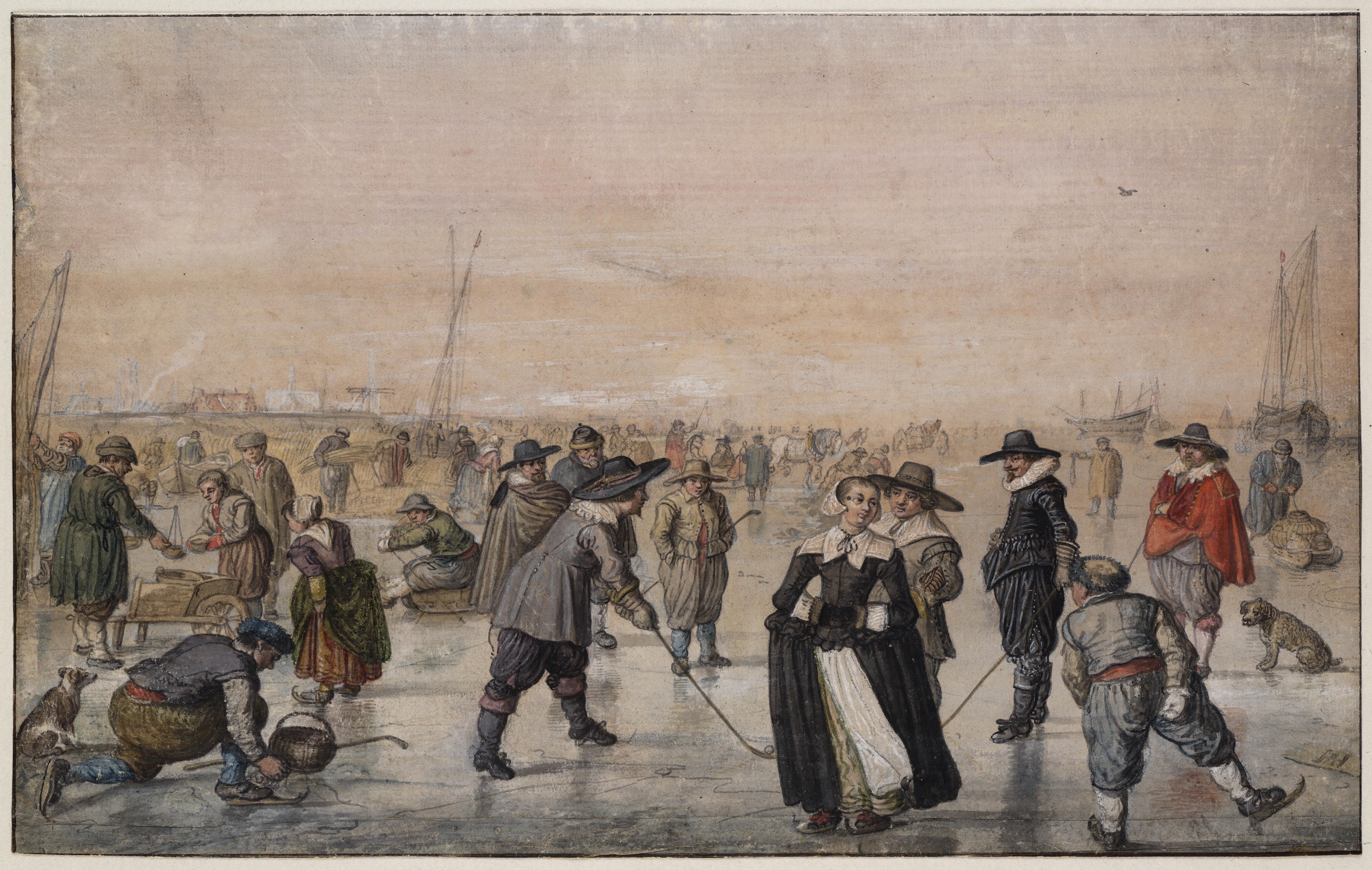|
Johan Lohe
Johan Lohe (1643–1704) was a Swedish banker. Biography Johan Lohe was born in Germany but moved to Sweden in 1658. He was included in the business of his paternal uncle, Henrik Lohe (1594 - c. 1666) who had moved to Sweden during the 1620s. He had built a sugar mill in Stockholm and was the owner of many vessels. Eventually Lohe started his own business with great success. He was one of the richest people in Sweden, and managed a trading company, a shipping business, a sugar refinery and ironworks. However, he became most known for his banking business as a moneylender, by which he acquired an enormous fortune and counted the king of Sweden among his clients; he was ennobled in 1703. He married Anna Lohe (1654–1731) in 1673, with whom he had eighteen children; she took over his business after his death. She lived with her two unmarried children Adolf Lohe (1683–1759) and Johanna Lohe (1690–1759) on Lilla Nygatan until her death. Lohe Treasure (''Loheskatten'') I ... [...More Info...] [...Related Items...] OR: [Wikipedia] [Google] [Baidu] |
Anna Lohe
Anna Lohe née Blume (1654 – 23 January 1731), was a Swedish banker. Life She was the daughter of Tobias Blume, a pastry maker of the royal Swedish court, and Anna Techlin. She married Johan Lohe (1643-1704) in 1673, with whom she had eighteen children. Her husband was one of the richest people in Sweden and managed a trading company, a shipping business, a sugar refinery and ironworks. However, he became most known for his banking business as a moneylender, by which he acquired an enormous fortune and counted the king of Sweden among his clients; he was ennobled in 1703. In 1704, Anna Lohe was widowed and took over the business of her late husband, including his banking business and his net of clients among the nobility and court. She was forced to defeat a contest of the will by her children, but won after four years. Considering the constant and growing great wealth of the family, she was evidently very successful. Anna Lohe was thus a prominent businesswoman and a power ... [...More Info...] [...Related Items...] OR: [Wikipedia] [Google] [Baidu] |
Lilla Nygatan
Lilla Nygatan ( sv, Small New Street) is a street in Gamla stan, the old town of Stockholm, Sweden. Stretching from the square Munkbron south to Kornhamnstorg, the street in intercepted by Yxsmedsgränd, Kåkbrinken, Schönfeldts Gränd, Tyska Brinken, and Lejonstedts Gränd, while forming a parallel street to Stora Nygatan and Munkbrogatan. Origin of the name Together with Stora Nygatan, the street was part of a new city plan following the great fire of 1625, the street probably dating from 1630. It was being referred to as ''den nedre nye gathen'' ("the lower new street") in 1639, ''nedhre Nye gatun'' in 1641, ''nedre Nyegathon'' and ''nedre gathon'' in 1646, and ''Wästere Nyegathun'' ("western New street") in 1647. In 1660, the street was called ''Bryggaregatan'' (''Bryggere Gaten'', "Brewer's street") because of the number of brewers residing on its western side. Again, it is mentioned as ''nedrelangathun'' in 1667, while being called ''lilla Kongsgatan'' ("Small Kin ... [...More Info...] [...Related Items...] OR: [Wikipedia] [Google] [Baidu] |
Stockholm City Museum
The Stockholm City Museum ( sv, Stadsmuseet i Stockholm) is a museum documenting, preserving and exhibiting the history of Stockholm. The museum is housed in Södra Stadshuset at Slussen on Södermalm. The building was completed in 1685. In the 1930s the museum moved in and opened to the public in 1942. The museum is the largest municipal museum in Sweden, and houses collections which include 300,000 items of historical interest; 20,000 works of art and 3 million photographs. The City Museum closed for renovation January 12, 2015 and reopened on April 27, 2019. The museum is governed by the Cultural Affairs and Sports Division of the City of Stockholm. The city museum, the Museum of Medieval Stockholm and Stockholmia Förlag (which publishes books on Stockholm and Stockholm's history) operate as one department within the division. All political decisions are made by the specialist committee for Cultural Affairs. One of the museum's units – Cultural Heritage Department – "Kult ... [...More Info...] [...Related Items...] OR: [Wikipedia] [Google] [Baidu] |
People Of The Swedish Empire
A person (plural, : people) is a being that has certain capacities or attributes such as reason, morality, consciousness or self-consciousness, and being a part of a culturally established form of social relations such as kinship, ownership of property, or legal obligation, legal responsibility. The defining features of personhood and, consequently, what makes a person count as a person, differ widely among cultures and contexts. In addition to the question of personhood, of what makes a being count as a person to begin with, there are further questions about personal identity and self: both about what makes any particular person that particular person instead of another, and about what makes a person at one time the same person as they were or will be at another time despite any intervening changes. The plural form "people" is often used to refer to an entire nation or ethnic group (as in "a people"), and this was the original meaning of the word; it subsequently acquired its us ... [...More Info...] [...Related Items...] OR: [Wikipedia] [Google] [Baidu] |
Swedish Ironmasters
Swedish or ' may refer to: Anything from or related to Sweden, a country in Northern Europe. Or, specifically: * Swedish language, a North Germanic language spoken primarily in Sweden and Finland ** Swedish alphabet, the official alphabet used by the Swedish language * Swedish people or Swedes, persons with a Swedish ancestral or ethnic identity ** A national or citizen of Sweden, see demographics of Sweden The demography of Sweden is monitored by the ''Statistiska centralbyrån'' (Statistics Sweden). Sweden's population was 10,481,937 (May 2022), making it the 15th-most populous country in Europe after Czech Republic, the 10th-most populous m ... ** Culture of Sweden * Swedish cuisine See also * * Swedish Church (other) * Swedish Institute (other) * Swedish invasion (other) * Swedish Open (other) {{disambig Language and nationality disambiguation pages ... [...More Info...] [...Related Items...] OR: [Wikipedia] [Google] [Baidu] |
Ship Owners
A ship is a large watercraft that travels the world's oceans and other sufficiently deep waterways, carrying cargo or passengers, or in support of specialized missions, such as defense, research, and fishing. Ships are generally distinguished from boats, based on size, shape, load capacity, and purpose. Ships have supported exploration, trade, warfare, migration, colonization, and science. After the 15th century, new crops that had come from and to the Americas via the European seafarers significantly contributed to world population growth. Ship transport is responsible for the largest portion of world commerce. The word ''ship'' has meant, depending on the era and the context, either just a large vessel or specifically a ship-rigged sailing ship with three or more masts, each of which is square-rigged. As of 2016, there were more than 49,000 merchant ships, totaling almost 1.8 billion dead weight tons. Of these 28% were oil tankers, 43% were bulk carriers, and 13% were co ... [...More Info...] [...Related Items...] OR: [Wikipedia] [Google] [Baidu] |
1643 Births
Events January–March * January 21 – Abel Tasman sights the island of Tonga. * February 6 – Abel Tasman sights the Fiji Islands. * March 13 – First English Civil War: First Battle of Middlewich – Roundheads ( Parliamentarians) rout the Cavaliers (Royalist supporters of King Charles I) at Middlewich in Cheshire. * March 18 – Irish Confederate Wars: Battle of New Ross – English troops defeat those of Confederate Ireland. April–June * April 1 – Åmål, Sweden, is granted its city charter. * April 28 – Francisco de Lucena, former Portuguese Secretary of State, is beheaded after being convicted of treason. * May 14 – Louis XIV succeeds his father Louis XIII as King of France at age 4. His rule will last until his death at age 77 in 1715, a total of 72 years, which will be the longest reign of any European monarch in recorded history. * May 19 ** Thirty Years' War: Battle of Rocroi: The French defeat the Spa ... [...More Info...] [...Related Items...] OR: [Wikipedia] [Google] [Baidu] |
1704 Deaths
Seventeen or 17 may refer to: * 17 (number), the natural number following 16 and preceding 18 * one of the years 17 BC, AD 17, 1917, 2017 Literature Magazines * ''Seventeen'' (American magazine), an American magazine * ''Seventeen'' (Japanese magazine), a Japanese magazine Novels * ''Seventeen'' (Tarkington novel), a 1916 novel by Booth Tarkington *''Seventeen'' (''Sebuntiin''), a 1961 novel by Kenzaburō Ōe * ''Seventeen'' (Serafin novel), a 2004 novel by Shan Serafin Stage and screen Film * ''Seventeen'' (1916 film), an American silent comedy film *''Number Seventeen'', a 1932 film directed by Alfred Hitchcock * ''Seventeen'' (1940 film), an American comedy film *'' Eric Soya's '17''' (Danish: ''Sytten''), a 1965 Danish comedy film * ''Seventeen'' (1985 film), a documentary film * ''17 Again'' (film), a 2009 film whose working title was ''17'' * ''Seventeen'' (2019 film), a Spanish drama film Television * ''Seventeen'' (TV drama), a 1994 UK dramatic short starring Chr ... [...More Info...] [...Related Items...] OR: [Wikipedia] [Google] [Baidu] |
17th-century Swedish Businesspeople
The 17th century lasted from January 1, 1601 ( MDCI), to December 31, 1700 ( MDCC). It falls into the early modern period of Europe and in that continent (whose impact on the world was increasing) was characterized by the Baroque cultural movement, the latter part of the Spanish Golden Age, the Dutch Golden Age, the French ''Grand Siècle'' dominated by Louis XIV, the Scientific Revolution, the world's first public company and megacorporation known as the Dutch East India Company, and according to some historians, the General Crisis. From the mid-17th century, European politics were increasingly dominated by the Kingdom of France of Louis XIV, where royal power was solidified domestically in the civil war of the Fronde. The semi-feudal territorial French nobility was weakened and subjugated to the power of an absolute monarchy through the reinvention of the Palace of Versailles from a hunting lodge to a gilded prison, in which a greatly expanded royal court could be more easily ... [...More Info...] [...Related Items...] OR: [Wikipedia] [Google] [Baidu] |


_1938.jpg)

